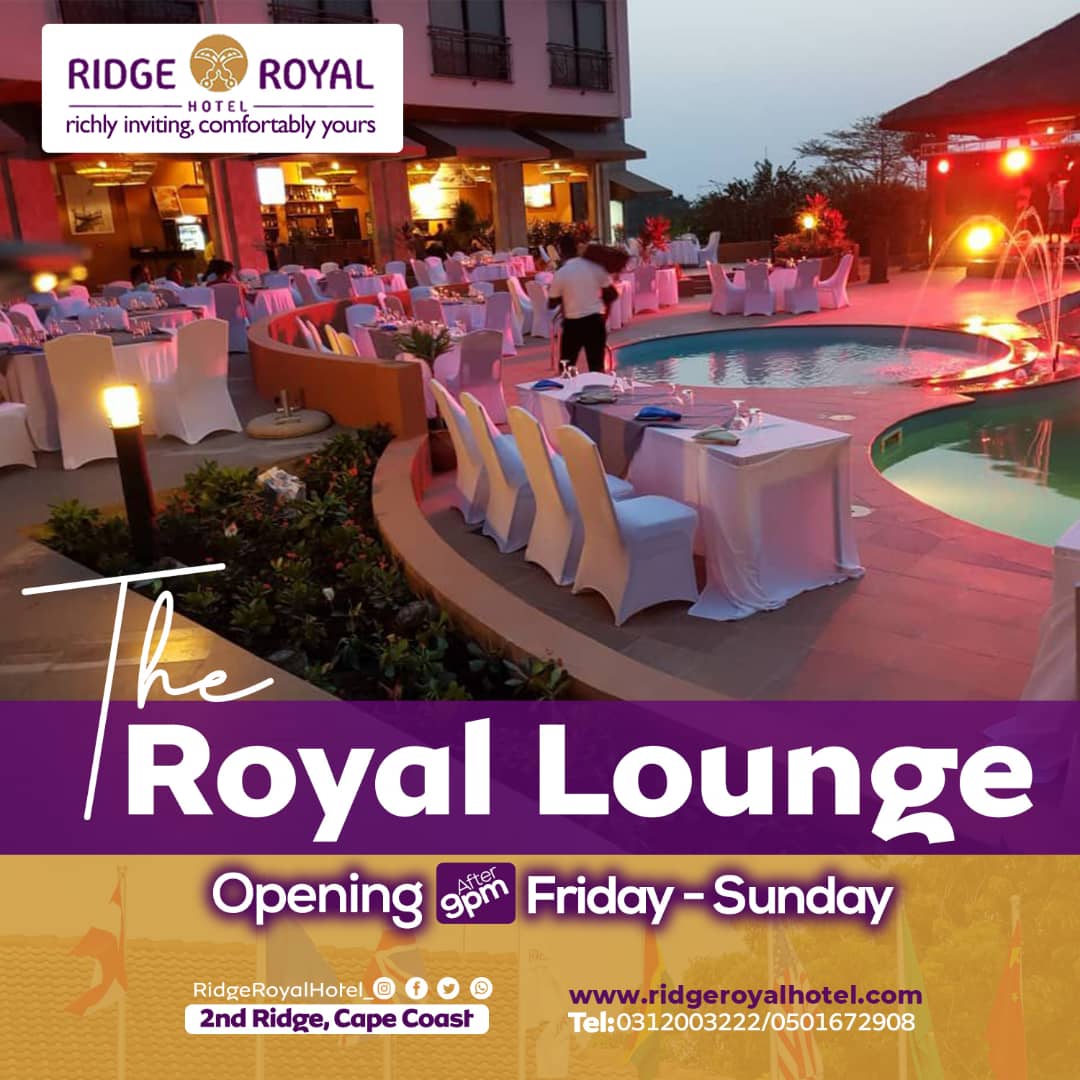|
Getting your Trinity Audio player ready...
|
The Electricity Company of Ghana (ECG), has proposed to the Public Utilities and Regulatory Commission (PURC) asking for an increase in electricity tariffs up to 148 per cent for the year 2022.
According to the ECG, the proposed increase is a result of the gap between the actual cost recovery tariff, the tariff approved by the Public Utilities Regulatory Commission (PURC) and the cost of finished projects.
The power contributor also wants tariffs to be adjusted by a 7.6 percent average between 2023 and 2026.
“The high increase in the DSC1 for the year 2022 could be attributed to the gap that has developed over the years between the actual cost recovery tariff and the PURC approved tariffs as well as the cost of completed projects.
“Similarly, ECG’s proposed DSC2 shows a higher increase of 28.4% in the first year (2022) while that of the subsequent years increases by an average of 2% from 2022 to 2026.”
They further noted that financial sustainability has become important to the impacts on the entire energy sector, thus, the proposed tariff would provide a remedy to the problem facing the company.
“The financial sustainability of the Electricity Company of Ghana is important as it impacts the entire energy sector. With the huge investment needs facing the distribution industry over the next five years, it is expected that the proposed tariff increases would inevitably be approved to sustain efficient and reliable electricity service”
“Over the next five years, the DSC will need to increase consistently (average of 7.6%) to cover distribution cost. It is expected that the approved BGC would correspond with the commercial terms of PPAs (Power Plant Agreements),” the ECG said in its 55-page tariff proposal document forwarded to the PURC.
The proposal added that “Overall, this tariff proposal indicates a high increase (148%) in the year 2022 compared with the subsequent years’ increases of an average of 7.6%. This high increase in 2022 is largely attributable to the cost of investment projects”
“The gap that has developed over the years between the actual cost recovery tariff and the PURC approved tariffs; the continual application of the prevailing tariff (which was a 14% reduction) beyond the stipulated regulatory period (2019-2020); and the effect of macroeconomic factors.”
The company continues that it anticipates Government through the Ministry of Finance (MoF) would support its financial sustainability by absorbing all costs associated with excess capacity charges.
“ECG hopes that government would soon adopt a policy decision to deal with the issue of excess capacity once and for all. The Commission is entreated to consider the recovery of reserve margin (18%) through the tariff as it impacts the entire sector” the proposal stressed.








